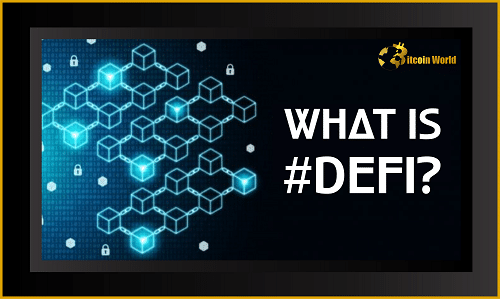For many people, entering the DeFi world may be both exhilarating and confusing. It’s normal to start wondering how to get more profits out of your portfolio after some time HODLing. But when it comes to DeFi, there’s a lot to unpack.
DeFi DApps and projects can be effective tools when used wisely. However, if you get in too quickly, it’s simple to get overwhelmed and make bad financial decisions. The best approach to participate is to educate yourself about the hazards and determine what is right for you. In light of this, let’s examine the fundamentals you’ll require while beginning your DeFi journey.
The term “decentralized finance” (abbreviated “DeFi”) describes a network of financial apps built on blockchain technology.
DeFi may more explicitly refer to a movement that seeks to establish an ecosystem for financial services that is open-source, permissionless, and transparent. One that is accessible to everyone and works decentralized. Peer-to-peer (P2P), decentralized applications would be used by users to interact with this ecosystem while maintaining full control over their assets (DApps).
DeFi’s main advantage is making financial services accessible to all people, especially those who are cut off from the traditional financial system. DeFi also has the benefit of being built on a modular framework with compatible DeFi applications on open blockchains. These could result in completely new financial marketplaces, goods, and services.














